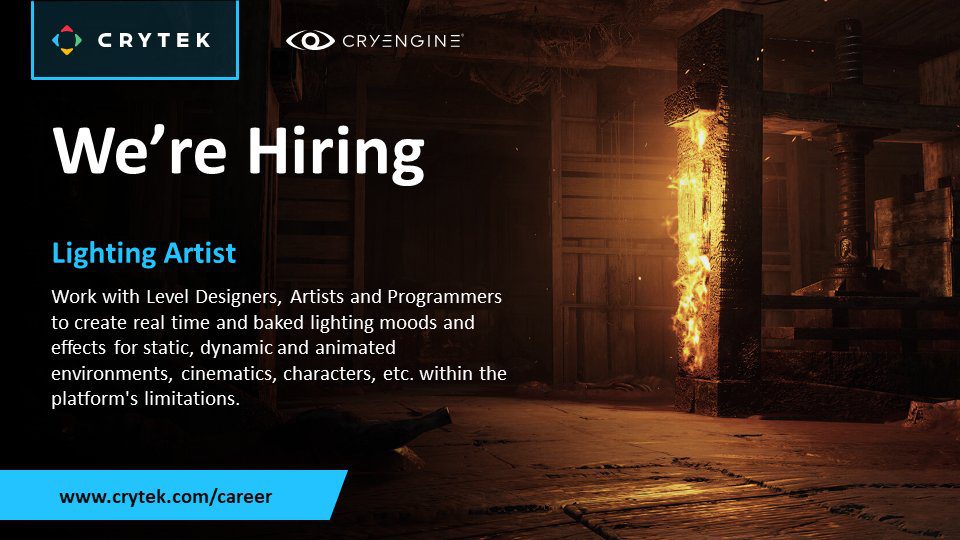Gaming continues to grow and as it does developers are looking for innovative ways to support the creation of more visually stunning and complex games. This article looks at how AI, VR, AR, procedural generation and cloud computing are all playing a role in the next generation of gaming art and animation. AI is being used to create intelligent characters that can adapt, match players with opponents at similar skill levels and create better graphics, while VR immerses players in the game world. AR overlays digital content onto reality for more interactivity and realism, procedural generation provides more realistic game environments and cloud computing enables complex gameplay and graphics.
Cutting-Edge Technology Driving the Next Generation of Gaming Art and Animation
Gaming is an ever-growing industry, with millions of players worldwide and billions of dollars in revenue. As games become more complex and visually stunning, the demand for cutting-edge technology to support the creation of these games is also increasing. Art and animation are critical components of any game, and developers are always looking for ways to stay ahead of the curve.
Artificial Intelligence
Artificial intelligence (AI) technology is becoming increasingly popular in the world of gaming. It is being used to create intelligent characters that can learn and adapt to different situations. AI-based engines are being developed to match players with opponents who have similar skill levels, making gameplay more engaging and challenging. AI is also being used to create better graphics and animations, taking on the bulk of the work that used to be done manually by animators and artists.
Virtual Reality
Virtual reality (VR) technology has been around for a while, but it is gaining more attention in gaming as developers explore new ways to engage players. VR allows players to immerse themselves completely in the game world, making gameplay more realistic and engaging. This technology is also being used to create new types of games that wouldn’t be possible in a traditional setting.
Augmented Reality
Augmented reality (AR) technology is similar to VR, but it overlays digital content onto the real world rather than creating an entirely new world. AR is being used to create more interactive games that use real-world objects as part of the gameplay. It’s also being used to create more realistic visual effects, such as reflections, shadows, and lighting.
Procedural Generation
Procedural generation technology is being used to create more realistic and dynamic game environments. Instead of manually creating every element of a game environment, this technology uses algorithms to generate random, but realistic elements such as landscapes, buildings, and objects. Procedural generation is being used to create more complex game worlds that are always changing, providing players with more engaging and unpredictable gameplay.
Cloud Computing
Cloud computing technology is changing the way games are developed and played. Instead of relying on local hardware to run games, cloud computing allows developers to create games that are run entirely in the cloud. This means that games can be played on any device, whether it’s a smartphone, tablet, or computer. It also allows for more complex gameplay and graphics, as the hardware limitations of the player’s device are no longer a concern.
Conclusion
Cutting-edge technology is driving the next generation of gaming art and animation. AI, VR, AR, procedural generation, and cloud computing are just a few of the technologies that are being used to create more engaging, immersive, and realistic games. As technology continues to advance, we can expect even more exciting developments in the future of gaming.
